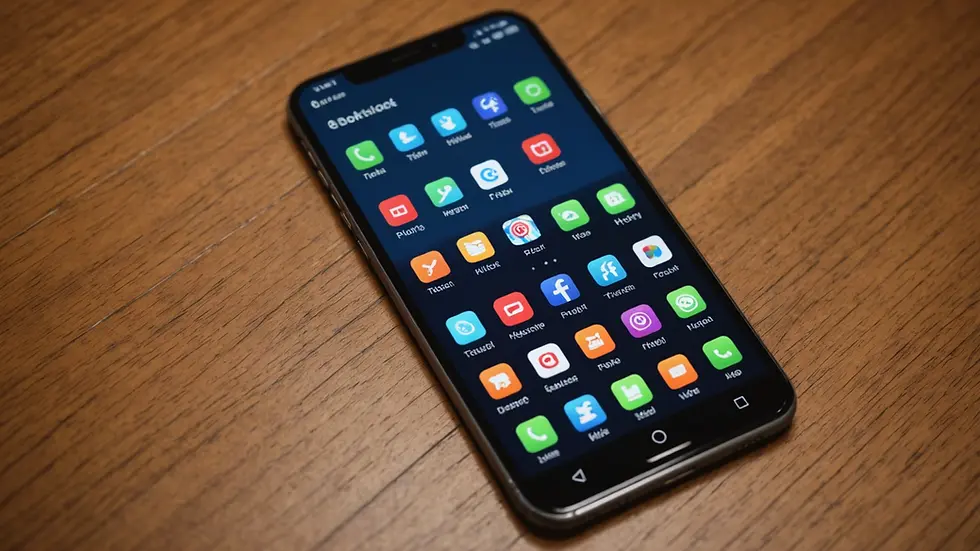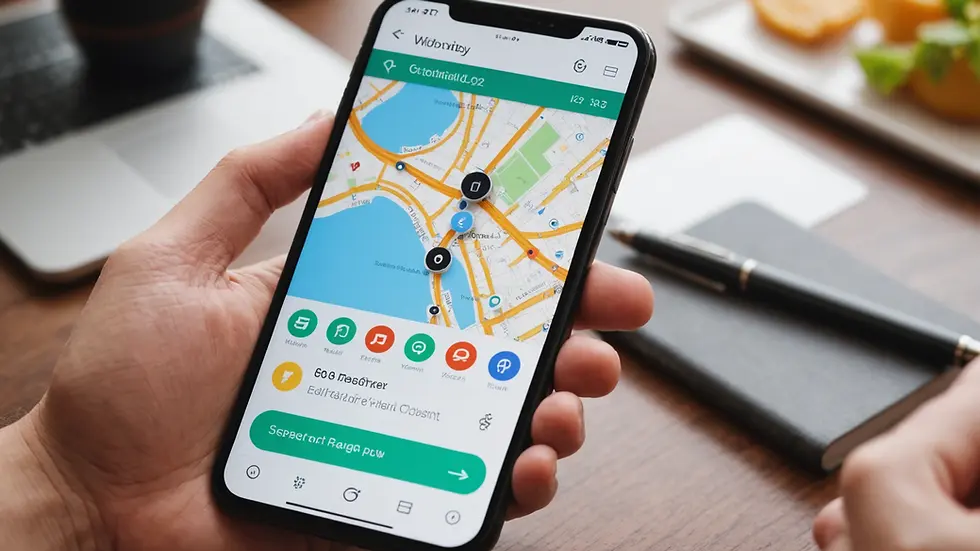Understanding the Differences Between Mobile and Web Applications
- Giselle Pagliari

- Feb 4
- 4 min read
In today’s digital world, mobile applications and web applications are integral to how we interact with technology. Both serve crucial roles, yet they are distinct in their capabilities and functionalities. Understanding these differences can help you make informed decisions about which platform might suit your needs better. This blog post delves into the key differences between mobile and web applications and provides valuable insights to guide you.
Mobile vs Web Apps: An Overview
To start, let's define what mobile and web applications are.
Mobile Applications: These are software applications specifically designed to run on mobile devices, such as smartphones and tablets. They are generally downloaded from app stores like the Apple App Store or Google Play.
Web Applications: These applications run in a web browser and are accessed via the internet. Users do not need to download them; they can simply use them by entering a URL.
Both types of applications have their unique characteristics. Knowing when to use each can significantly impact user experience and functionality.

Key Differences Between Mobile and Web Applications
The differences between mobile and web applications can be further explored in several areas:
1. Accessibility and Convenience
Mobile applications are built for convenience. Once installed, users can access them from their device's home screen without needing an internet connection. This facilitates quick access and usage anywhere, anytime. For instance, apps like Instagram or WhatsApp offer a fast and seamless way for users to connect and share content.
On the other hand, web applications require an active internet connection and can be accessed through browsers. This means they can be a bit less convenient, particularly when users are in areas with poor connectivity.
2. Performance
Typically, mobile applications provide better performance compared to web applications. Because mobile apps are designed for specific devices, they can utilize the device's hardware and features more efficiently. For example, a game like PUBG Mobile performs better on a mobile app than it would in a web browser.
Web applications, while easier to update and maintain, can be slower because they rely on browsers to run. This can affect user experience if the internet connection is not strong enough.
3. Functionality
Mobile apps offer features that web applications might not support. For example, camera access, GPS, and push notifications are functionalities that mobile applications typically utilize. Apps like Google Maps leverage GPS for navigation, making them far more user-friendly.
In contrast, web applications cannot access device-specific features like GPS or cameras directly. Although web applications have made strides with HTML5's capabilities, they still lag concerning functionality compared to fully integrated mobile apps.

4. User Experience and Design
When it comes to user experience, mobile applications are often prioritized for design and interactivity. Designers focus on creating intuitive interfaces that provide a smooth experience, especially since mobile devices have varying screen sizes and resolutions.
Web apps, although they can be well-designed, often face challenges due to different browser compatibility issues. Elements that work well in one browser may render poorly in another, potentially frustrating the user.
5. Development and Maintenance Costs
Developing mobile applications can be more expensive than web applications due to the need to create separate versions for different operating systems — namely, iOS and Android. This requires more time, resources, and expertise.
In contrast, web applications allow developers to write code once and deploy it across all platforms. This can significantly reduce costs and streamline updates. It’s worth noting, however, that while initial development may be less expensive, the long-term maintenance of web apps can still incur significant costs, especially if they require constant updates.

Is the Netflix App a Web App?
Netflix is an interesting case study when it comes to understanding the differences between mobile and web applications. The Netflix app is primarily a mobile application designed specifically for smartphones and tablets. It taps into the device's features, allowing for seamless streaming and offline viewing.
However, Netflix also offers a web application that users can access via browsers. While both serve the same purpose of providing content, the mobile app version often provides better performance and offline functionality. This dual approach helps Netflix cater to different user preferences, making their services more accessible.
Choosing the Right Application Type: Tips and Recommendations
When deciding between mobile and web applications, consider the following factors:
Target Audience: Understand where your users are most likely to engage with your service. If they mostly use mobile devices, then a mobile application may be the best choice.
Purpose: Determine the core functionality of your application. If it requires immediate access to device features (like GPS, camera, etc.), opt for a mobile app.
Budget: Assess your budget for development. If you have limited funds, a web application may be the better initial investment.
Maintenance: Consider your long-term plans for updates and feature enhancements. Mobile apps require ongoing support for different operating systems.
User Experience: Think about how you want the user to interact with your application. If user experience is paramount, prioritize building a mobile app.
In conclusion, understanding the fundamentals of the mobile app vs web app decision can influence your project’s success. By weighing the pros and cons of each application type and considering user needs, you can choose the most effective platform for your goals.

Final Thoughts
Navigating the landscape of mobile and web applications opens a world of possibilities for both developers and users. Each type has unique strengths and weaknesses that cater to different needs. By understanding these differences, you can create applications that deliver the best user experience while achieving your business objectives. Whether you choose to develop a mobile app or a web application, the key lies in aligning your resources and strategies with user behavior and preferences.



Comments